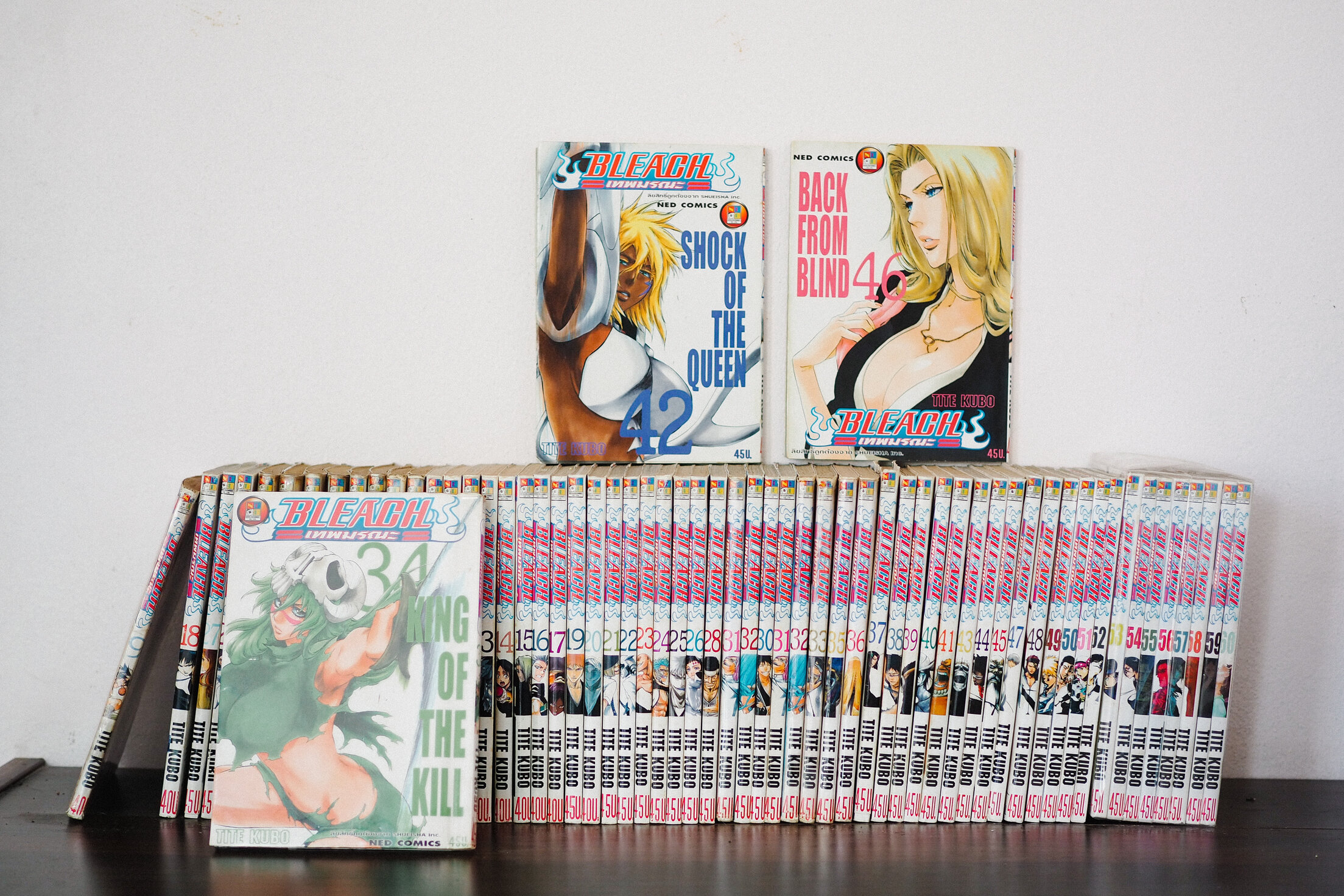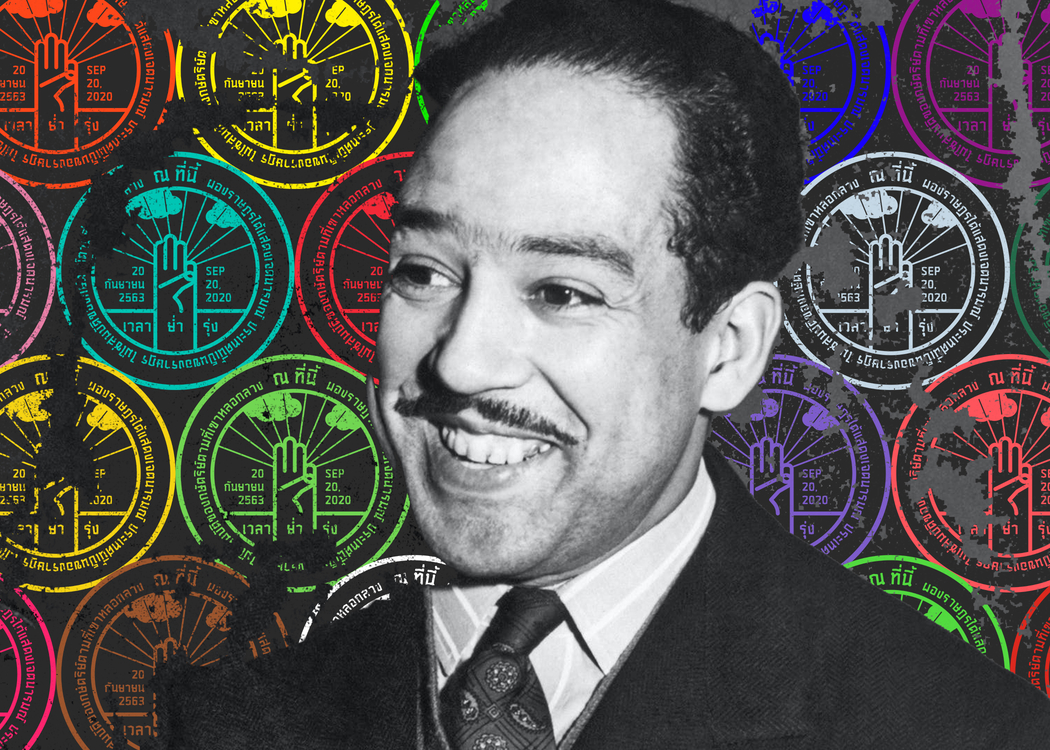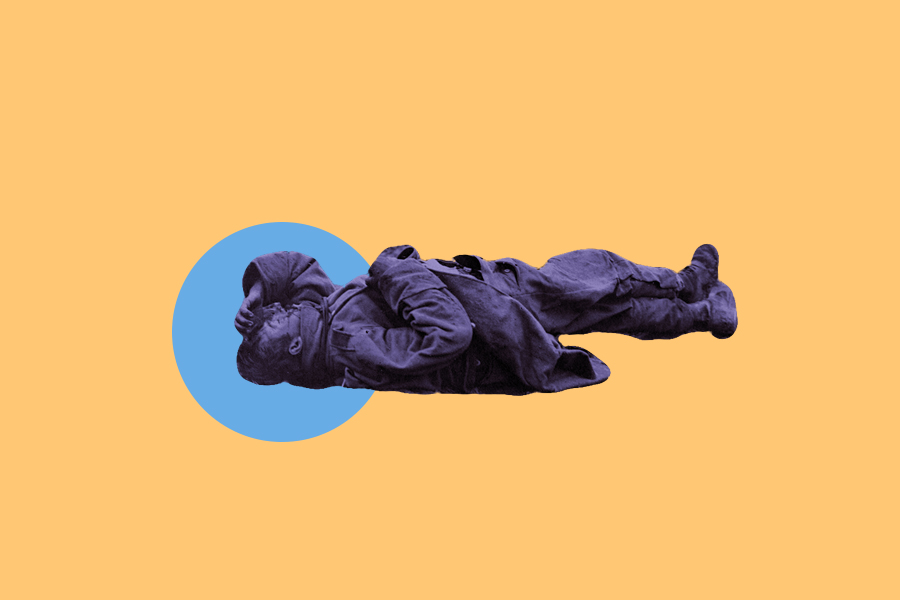
Bleach – Eye Candy: A Thought
How Chivalry forces women into the submissive role…
Before we venture into a dangerous realm where Bleach fans look at me with the hostility for my act of blasphemy toward their dear manga, I have to put forth some disclaimers first.
Bleach is my all-time favourite manga series. I have read it since my time in middle school. I left it in Book 35 nine years ago. I have just picked it up again last month and finished the whole series. By that I mean, I have read it through the Arranca Arc but never dare to go past it, as I have been warned by many of my friends who would like to help me preserve my affection for the series. They really take on the role of Gandalf shouting ‘You shall not pass!’ at me when I told them I have gone through Book 48 already. Their action is out of love, not that I’m a hideous creature like Balrog.
And yes, reading the same book at different times does produce different feelings. As I grow older, and perhaps, wiser, I find some elements in Bleach that do not quite hold up to today standard, especially in the aspect of gender.
I’m not going to discuss the obvious stereotypical role of men and women in general circumstance e.g. in Ichigo’s household where men are the breadwinners and the protectors of the family, and women the providers of food and the emotional supporters. Instead, let’s take this journey to dissect the story and find out how Tite Kubo cooperates female figures into the world where physical strength and ability to fight are deemed as the ultimate power.
There are three arcs that I’m going to cover here: the opening arc when Rukia comes to the city of Karakura, the Soul Society arc when Ichigo and friends go rescue Rukia, and Arranca Arc when Ichigo, his friends and other Shinigami have to rescue Inoue and prevent Karakura City from being destroyed.
At this point, you may probably notice a certain motive of the protagonist which is the main component in moving the plot forward. The act of rescuing is what Ichigo does the entire series, and who does he would like to save? His friends i.e. women.
The recurring situation of a damsel in distress in each arc really emphasizes the image of women in Kubo’s eyes: weak, not capable enough to defend themselves, and much in need of help. Rukia, despite being one skilful Shinigami, (hence the reason she was sent to the human world), cannot take down a hollow that Ichigo is able to easily defeat with a single blow. Let’s not forget that this is the first time Ichigo has done such thing as fighting with a magical sword and being up against a demonic creature, the things that take many Shinigami years of training.
Rukia is mentioned by others Shinigami many times that she wields a beautiful and powerful sword and has the power in the level of vice-captain, however, she has come across in the story as frail and weak. During the raid to Hueco Mundo, it is obviously not possible for a group of Shinigami ranked below captain to defeat all Arranca, so there must be at least one that should take a great casualty from the fight. Guess, who Kubo chooses to be nearly killed in a fight: Rukia. Don’t mistake my comment as a direct hit toward the author’s work. The fight is very convincing and Rukia is certainly up against a deadly enemy. But if we compare two Shinigami considered to be in the same rank, Rukia and Renji, you will see certain differences in power and skill.
I will leave Rukia at that and then move on to another character, Inoue.
Throughout the series, Inoue is given a supporting role. She is the glue that holds the team together. She keeps the morale going and remind Ichigo not to lose faith in his belief. I have to say this, unapologetically, she is the weak one. Her role in the story is to be in danger so that Ichigo will be there to save the day. We see her aspiration not to anymore be a burden of the team, but we definitely not see her achievement. Despite having a special power of recovery and healing, she still lacks an ability to fight, and that is the reason she couldn’t do better in this series.
Thus, Inoue is the ideal feminine image in Japanese, and might as well, Asian culture. She has what many men could possibly ask for, supportive, caring, good at nursing, and having a gigantic breast.
Speaking of big breast, it’s time to talk about the over-sexualisation of the female body in the series. The ‘big boobies’ joke comes out several times in series. It is almost like the author’s way of lessening the tension, by using female breast as comic relief. The character that is often used as this kind of comic relief is Rangiku Matsumoto. It might be funny to see men jump at her because of her sexually attractive physique and fail, I don’t know. But a for me, it just doesn’t.
The great female fighters, too, are the subject of Kubo’s hyper-sexualisation. Yoruichi Shihouin, Nel Tu, and Tier Harribel might not be a part of boobs jokes, but they are created accordingly to male fantasy. Just look at their dresses in the fight. While male characters are fully dressed, these women are exposed. It’s not just making sense. How could one go into a sword fight with our skin bare?
The main focus of the story is definitely on male characters, no doubt. That’s what it’s intended to be. However, women here are served as decorating flowers in the background of this theatre while men enjoy the limelight. Decoration, supporter, comic relief are as good as women can get in the world written by men.
Related posts
A Dream Deferred… Reading Thai politics through Langston Hughes’ “Harlem”
What happens to a dream deferred? Does it dry up like a raisin in the sun? Or fester like a sore—
I Tracked A Dead Man Down A Trench: A Poem Revisit (or Analysis, If I Dare Say)
‘I tracked a dead man down a trench’ I tracked a dead man down a trench, I knew not he w
The Penguin Book of Christmas Stories: from Hans Christian Andersen to Angela Carter
An anthology of great and not-so-great short stories I finished this book on 30 December 2019, the v




